Years ago, I saw an ad for Macaw Mountain in a travel magazine. The short description of the place made me look for more information. I discovered a park and reserve, full of macaws and parrots, located close to the Copan Mayan Ruins in Honduras. I said to myself: “I would like to go there”.
I don’t know if we are meant to go to some places. Maybe our brain works hard on making possible a visit to places that capture our full attention. I am not sure how processes work together to materialize an experience. However, at the beginning of the year, I ended up visiting Macaw Mountain, the place that looked so far and impossible initially.
Who is not fascinated by macaws and parrots? These birds can live up to 100 years; (many) mate for life and exhibit attractive, bright colors.
The birds in this park are rescued or donated. Since many of the birds have been bred or held in captivity for a long time, their chances for survival in the wild are minimal (some are not even native to Central America). Also, we have to take into consideration how pet trade and habitat destruction are serious threats to these animals.
In the park, you can learn about different species, contribute to their well being, and participate in breed programs. The birds are housed, cared, and fed taking the highest standards into consideration. They have large enclosures surrounded by trees and have a diet similar to what they would eat in the wild.
Seriously, personnel treats some of these birds like babies (they are given a lot of attention). Some parrots are more spoiled than a 5-year-old.
Scarlet Macaws
These are the national birds of Honduras. Nevertheless, this type of macaw has been greatly threatened in the Copan Valley and other parts of Honduras. The park and other organizations have breeding programs aimed at the repopulation of the valley. An initial group of macaws resulting from the different programs have been released and can be seen hanging in the trees at the Copan Ruins.
The park has a large aviary where you can enter and admire more than 20 Scarlet Macaws. When I visited, some of the released macaws were resting over the aviary.
Other Macaws and Parrots
As the name implies, macaws and parrots are the predominant species in the park. Each enclosure has information about each type. I recommend you tour the park with a guide (no extra cost for this but tips are appreciated). You can walk around by yourself but I believe the information provided by the guide adds a lot to the experience.
Each bird has different habits and it is interesting to hear how they are different from others. Below I show you some of the birds I saw (I think I got the names correctly).
Other Birds
Other species like owls, toucans, and hawks can be observed. Since the park is laid out in a natural setting (full of trees, a creek passes thru it), local birds stop by at any time. In fact, the Copan Valley is a bird lover’s paradise. About 330 bird species have been spotted in the area (including the park and nearby farms).
Close Encounters
You also want a guide because you want to pose with the birds. I was really looking forward to this part.
I started by holding a parrot in the café area.
Then, I went for the real challenge: the big macaws.
You know, this is not as easy or relaxing as you may think. First, the macaws are really heavy. Holding one is fine but when it is not easy to extend your arms and keep them high when you are balancing three.
Second, they like to “play”. In their case, play means to bite. I got nervous when the guide mentioned they can snap a finger with no effort (their beaks can apply a force equivalent of 70 to 80 pounds).
The next photo shows my weird facial gesture when a scarlet macaw was biting my fingers. The guide gave him a twig to deviate the attention. That same macaw literally destroyed one of the sleeves of my husband’s shirt.
Facilities
The park has a restaurant and gift shop. There are also trails, a natural pool and gardens. You can stay an entire day in the area if you want.
Have you been to Macaw Mountain? Let me know in the comments section below.
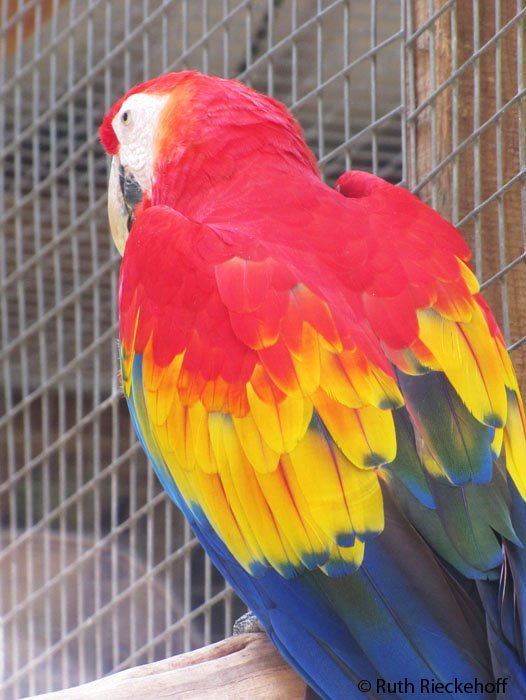



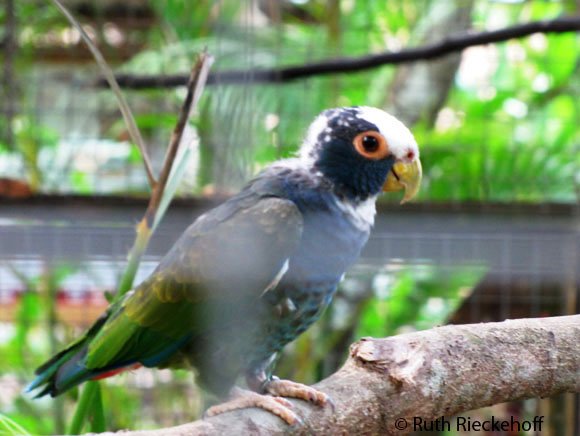



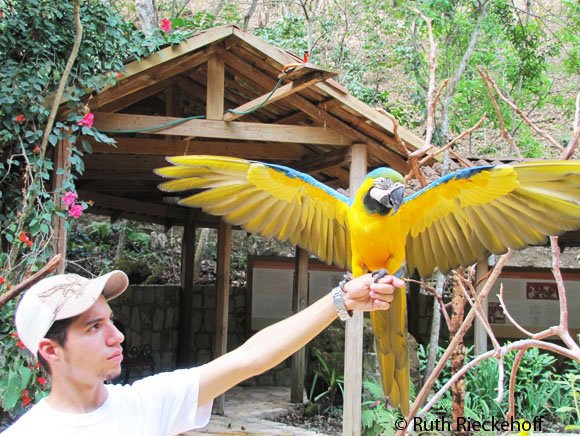

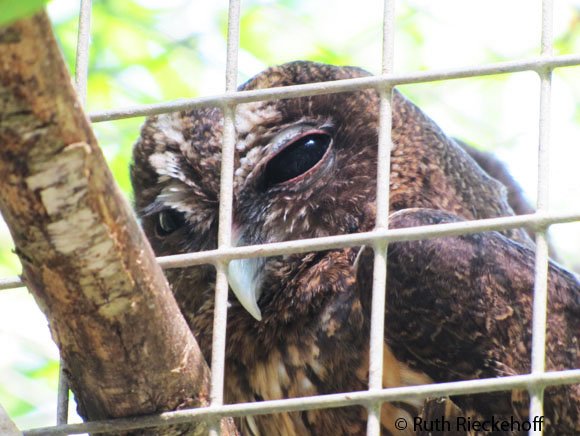
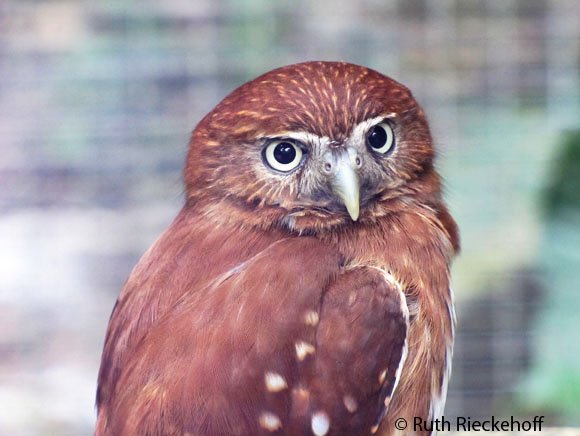
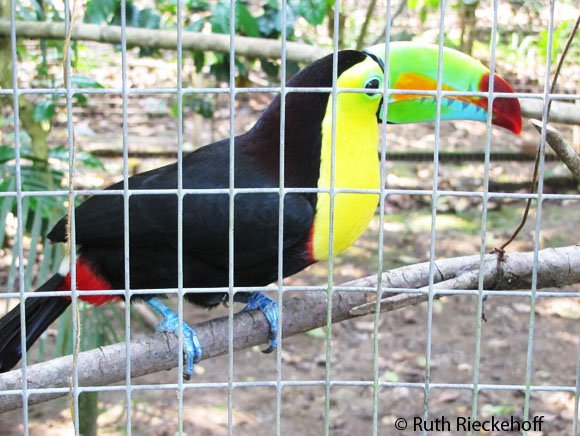
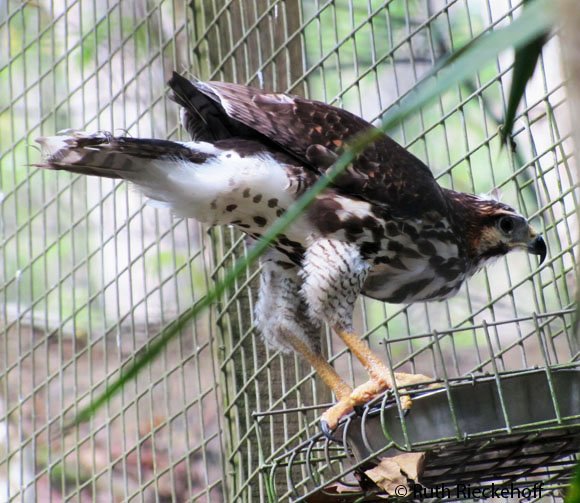


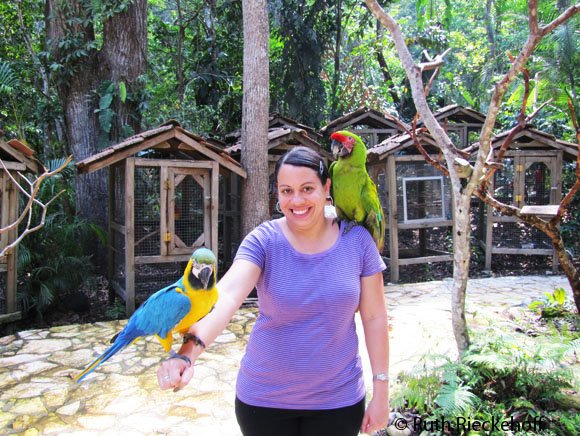
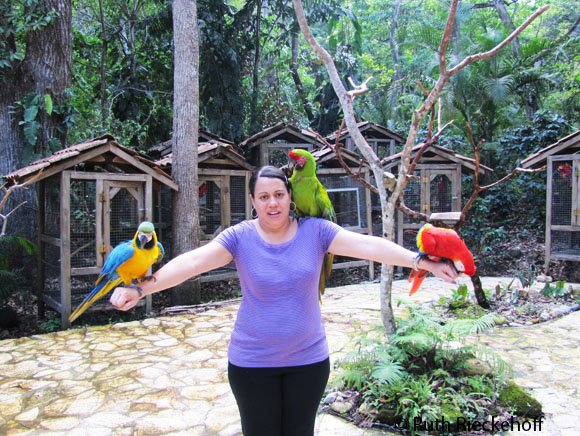



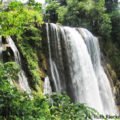
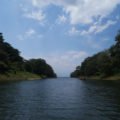

Debbie Beardsley @ European Travelista says
Those birds are so colorful! I can see why you wanted to visit.
Ruth says
I am addng new bird reserves and parks to my list. The other day I discovered a tucan recovery center in Costa Rica. Sounds like a place I want to visit.
Michael Figueiredo says
Great photos! I love tropical birds too. I went to a bird park near Iguazu Falls, Brazil a couple years ago and loved it.
Ruth says
I remember the post you wrote about the bird park near Iguazu Falls. I would love to visit that place.
Hannia @ Roamancing says
Those look like such beautiful birds! I’m glad you had a swell time. 🙂
Ruth says
Thanks Hannia. I really enjoyed my time there.
Michel says
I sadly missed this place when I was in Honduras.
Ruth says
Hopefully, you can go back and visit. Honduras needs more than one visit to get properly explored.
Marcell Kagey says
Thanks, I’ve been seeking for information about this topic for ages and yours is the best I’ve located so far.